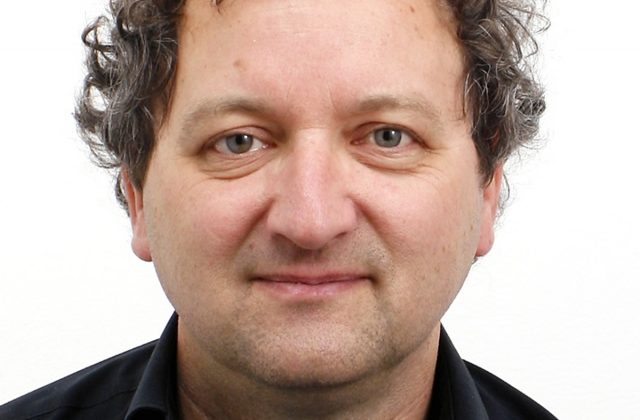Ad Backus, born in Heythuysen, the Netherlands, in 1965. Ph.D. from Tilburg University. Professor of Linguistics and Sociolinguistics at Tilburg University.
Fellow (1 February 2014 – 30 June 2014)
SYNCHRONIC CHOICES AND DIACHRONIC IMPLICATIONS: A USAGE-BASED APPROACH TO CONTACT-INDUCED LANGUAGE VARIATION AND CHANGE
Research Question
The project investigates language change in contact settings, with particular emphasis on two issues: the degree to which typological distance between the languages involved matters, and the degree to which change is the result of intentional choices by speakers.
Project Description
Language changes all the time. One situation in which they change a whole lot is when there is bilingualism: when individual people use two or more languages in everyday life. In such cases, the languages influence each other, and this causes them to change quickly. Usually one of the languages changes more than the other one. This is because they differ in power. The more dominant language influences the more subordinate one. The latter takes over many words and structures. The degree to which it does this is partly determined by how much the languages resemble each other, and partly by whether speakers mind at all. If they feel bad about change, they will often try and stop this foreign influence.
Selected Publications
1) Backus, A., A.S. Doğruöz & B. Heine (2011). Salient stages in contact-induced grammatical change: Evidence from synchronic vs. diachronic contact situations. Language Sciences, 33: 738-752. doi:10.1016/j.langsci.2011.02.004
2) Backus, A. (2013). Turkish as an immigrant language in Europe. Bhatia, Tej K. & William C. Ritchie (eds.). The Handbook of Bilingualism and Multilingualism, 2nd edition (Blackwell Handbooks in Linguistics), pp. 770-790.
3) Onar Valk, P. & A. Backus (2013). Syntactic change in an immigrant language: from non-finite to finite subordinate clauses in Turkish. Journal of Estonian and Finno-Ugric Linguistics; Special Issue: Areal linguistics, grammar and contacts, 4 (2): 7-29.
